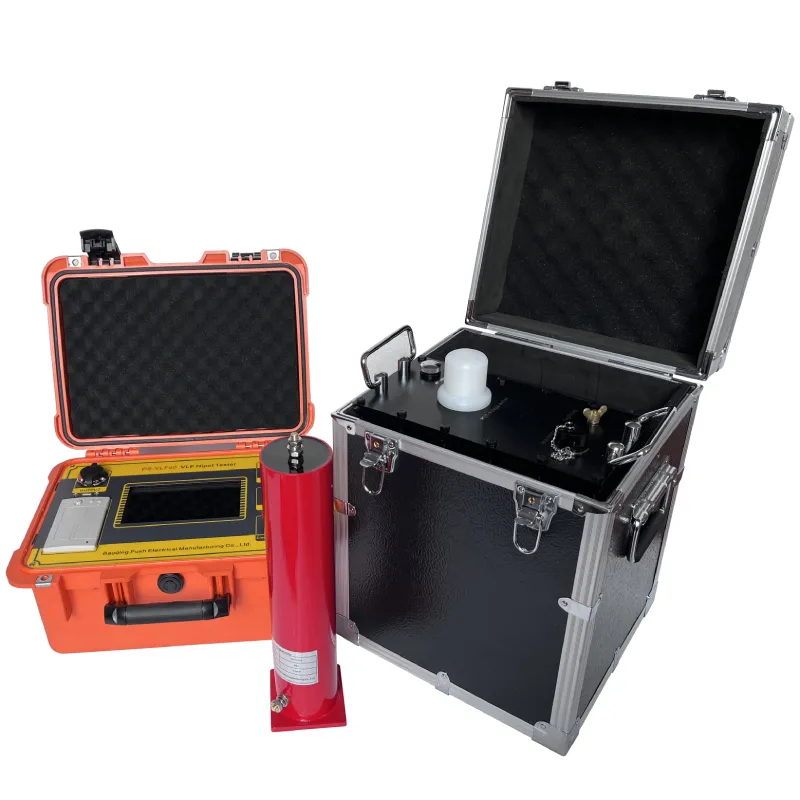 English
English



-
 Afrikaans
Afrikaans -
 Albanian
Albanian -
 Amharic
Amharic -
 Arabic
Arabic -
 Armenian
Armenian -
 Azerbaijani
Azerbaijani -
 Basque
Basque -
 Belarusian
Belarusian -
 Bengali
Bengali -
 Bosnian
Bosnian -
 Bulgarian
Bulgarian -
 Catalan
Catalan -
 Cebuano
Cebuano -
 China
China -
 China (Taiwan)
China (Taiwan) -
 Corsican
Corsican -
 Croatian
Croatian -
 Czech
Czech -
 Danish
Danish -
 Dutch
Dutch -
 English
English -
 Esperanto
Esperanto -
 Estonian
Estonian -
 Finnish
Finnish -
 French
French -
 Frisian
Frisian -
 Galician
Galician -
 Georgian
Georgian -
 German
German -
 Greek
Greek -
 Gujarati
Gujarati -
 Haitian Creole
Haitian Creole -
 hausa
hausa -
 hawaiian
hawaiian -
 Hebrew
Hebrew -
 Hindi
Hindi -
 Miao
Miao -
 Hungarian
Hungarian -
 Icelandic
Icelandic -
 igbo
igbo -
 Indonesian
Indonesian -
 irish
irish -
 Italian
Italian -
 Japanese
Japanese -
 Javanese
Javanese -
 Kannada
Kannada -
 kazakh
kazakh -
 Khmer
Khmer -
 Rwandese
Rwandese -
 Korean
Korean -
 Kurdish
Kurdish -
 Kyrgyz
Kyrgyz -
 Lao
Lao -
 Latin
Latin -
 Latvian
Latvian -
 Lithuanian
Lithuanian -
 Luxembourgish
Luxembourgish -
 Macedonian
Macedonian -
 Malgashi
Malgashi -
 Malay
Malay -
 Malayalam
Malayalam -
 Maltese
Maltese -
 Maori
Maori -
 Marathi
Marathi -
 Mongolian
Mongolian -
 Myanmar
Myanmar -
 Nepali
Nepali -
 Norwegian
Norwegian -
 Norwegian
Norwegian -
 Occitan
Occitan -
 Pashto
Pashto -
 Persian
Persian -
 Polish
Polish -
 Portuguese
Portuguese -
 Punjabi
Punjabi -
 Romanian
Romanian -
 Russian
Russian -
 Samoan
Samoan -
 Scottish Gaelic
Scottish Gaelic -
 Serbian
Serbian -
 Sesotho
Sesotho -
 Shona
Shona -
 Sindhi
Sindhi -
 Sinhala
Sinhala -
 Slovak
Slovak -
 Slovenian
Slovenian -
 Somali
Somali -
 Spanish
Spanish -
 Sundanese
Sundanese -
 Swahili
Swahili -
 Swedish
Swedish -
 Tagalog
Tagalog -
 Tajik
Tajik -
 Tamil
Tamil -
 Tatar
Tatar -
 Telugu
Telugu -
 Thai
Thai -
 Turkish
Turkish -
 Turkmen
Turkmen -
 Ukrainian
Ukrainian -
 Urdu
Urdu -
 Uighur
Uighur -
 Uzbek
Uzbek -
 Vietnamese
Vietnamese -
 Welsh
Welsh -
 Bantu
Bantu -
 Yiddish
Yiddish -
 Yoruba
Yoruba -
 Zulu
Zulu
hi pot transformer
Understanding Hi-Pot Transformers Essential for Electrical Testing
High potential transformers, commonly known as hi-pot transformers, play a crucial role in electrical testing and equipment safety assessments. These transformers are specifically designed to generate high voltages, which are essential in testing the insulation and reliability of various electrical devices, including cables, transformers, and other critical components.
What is a Hi-Pot Transformer?
A hi-pot transformer is a type of transformer that converts standard low-voltage electricity into high voltage. Typically used in dielectric strength testing, hi-pot transformers can generate output voltages ranging from a few thousand volts to several hundred kilovolts. The primary function of these transformers is to assess the insulation properties of electrical apparatus. By applying a high voltage, engineers can identify weaknesses or defects in insulation systems, thus preventing potential electrical failures and hazards.
The Importance of Hi-Pot Testing
Hi-pot testing is a critical procedure in the manufacturing, maintenance, and quality control of electrical equipment. Insulation failure is a leading cause of electrical accidents and equipment malfunction, which can result in severe consequences, including fires, equipment damage, and even loss of life. By conducting hi-pot tests, organizations can ensure their products meet safety standards and are capable of operating under high-stress conditions. The procedure involves applying a voltage to an insulated conductor for a specific duration, observing whether any breakdown occurs. If a failure is detected, it indicates that the insulation may not withstand operational conditions, prompting further investigation and rectification.
Operating Principles of Hi-Pot Transformers
The operational principle behind hi-pot transformers is relatively straightforward. They employ electromagnetic induction to convert low input voltage to a significantly higher output voltage. The transformers typically feature a primary winding and one or more secondary windings wound on a core material. The winding ratios determine the transformation ratio, which directly affects the output voltage.
hi pot transformer

In addition to high voltage capability, hi-pot transformers are designed with specific safety features to protect both the equipment and operators. These may include protective enclosures, automatic shut-off mechanisms, and monitoring systems that ensure that the output voltage remains within predefined limits.
Types of Hi-Pot Transformers
Hi-pot transformers come in various forms, catering to different testing requirements. Some of the common types include
1. AC Hi-Pot Transformers These transformers generate alternating current voltage and are the most commonly used type for dielectric testing. They are ideal for simulating real-world operating conditions where electrical devices are subjected to AC voltage.
2. DC Hi-Pot Transformers These devices provide direct current voltage and are often employed in specific applications where DC insulation testing is necessary, such as testing capacitors or certain types of cables.
3. Impulse Hi-Pot Transformers These transformers are used for conducting impulse testing, which helps in assessing the behavior of insulation under sudden voltage surges.
Conclusion
In conclusion, hi-pot transformers are indispensable tools in the electrical engineering field, ensuring that electrical components and systems are adequately insulated and safe for operation. With their ability to simulate extreme operating conditions, hi-pot testing not only helps in complying with safety standards but also enhances the overall reliability and longevity of electrical equipment. As technology evolves, the design and capabilities of hi-pot transformers continue to advance, reflecting the need for high safety standards in an increasingly electrified world. By understanding and utilizing hi-pot transformers effectively, engineers and manufacturers can significantly reduce the risks associated with electrical failures and foster a safer environment for all.
-
Testing Equipment Industry Sees Major Advancements in 2025: Smart & Precision Technologies Lead the WayNewsJun.06,2025
-
Applications of Direct Current Generators in Renewable Energy SystemsNewsJun.05,2025
-
Hipot Tester Calibration and Accuracy GuidelinesNewsJun.05,2025
-
Digital Circuit Breaker Analyzer Features and BenefitsNewsJun.05,2025
-
Benefits of Real-Time Power Quality Monitoring Devices for Industrial EfficiencyNewsJun.05,2025
-
Earth Fault Loop Testing in High-Rise Building Electrical SystemsNewsJun.05,2025



